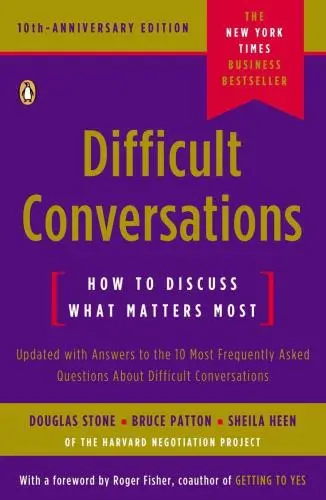Difficult Conversations
How to Discuss What Matters Most
What's it about?
Difficult Conversations is a guide that delves into the art of navigating challenging dialogues. Whether it's a workplace dispute, family conflict, or a sensitive personal matter, this book offers practical strategies for approaching these tough discussions with confidence. It emphasizes understanding the underlying emotions, intentions, and perceptions that fuel conflicts. By equipping readers with tools to effectively communicate and resolve differences, Difficult Conversations paves the way for stronger, more understanding relationships.
About the Author
Douglas Stone is a bestselling author known for his compelling thrillers that keep readers on the edge of their seats. His intricate plots and well-developed characters have captivated audiences in books like "The Last Trial" and "The Verdict." With a knack for creating suspenseful narratives and exploring complex legal dilemmas, Stone's work is a must-read for fans of legal thrillers and courtroom dramas.
10 Key Ideas of Difficult Conversations
Start from the Third Story: Adopt a Neutral Perspective
Approach difficult conversations by stepping out of your personal perspective and adopting a neutral, third-party viewpoint.
This strategy encourages understanding and empathy by recognizing that each party has their own story and feelings.
By framing the conversation as a problem to be solved together rather than a battle to be won, you foster a collaborative environment where solutions can be more easily found.
Learn DeeperPause Before Reacting: When faced with a difficult conversation, take a moment to breathe and step back from your immediate emotions. This pause allows you to shift into a more neutral mindset.
Ask Open-Ended Questions: Encourage dialogue by asking questions that require more than a yes or no answer. For example, 'How do you see the situation?' or 'What are your thoughts on a possible solution?' This opens up the conversation for more depth and understanding.
Acknowledge the Other Person's Perspective: Even if you don't agree, acknowledging the other person's feelings and viewpoint can go a long way. Say something like, 'I see how you could feel that way...' to validate their emotions and build a bridge for communication.
Seek Common Ground: Instead of focusing on areas of disagreement, try to find any commonalities or shared goals. This can help shift the conversation from adversarial to cooperative.
Propose Collaborative Problem-Solving: Once you've established a more neutral ground, suggest working together to find a solution. Phrasing like, 'How can we address this together?' emphasizes teamwork over conflict.
- Example
Imagine you're in a disagreement with a coworker about how to handle a project deadline. Instead of insisting on your approach, you ask for their perspective, acknowledge the stress they're under, and then suggest brainstorming together to find a compromise that satisfies both your priorities.
- Example
You and your partner are arguing about household chores. Rather than each defending your own stance, you take a step back to understand why your partner feels overwhelmed. You acknowledge their feelings, find common ground in wanting a tidy home, and propose creating a new chore schedule together.
Disentangle Intent from Impact: Understand Differences Between What Was Meant and What Was Felt
Recognize that there's often a significant gap between what someone intends by their actions or words and how those actions or words are perceived by others.
Acknowledging this difference allows for a more nuanced conversation where both parties can express their intentions and feelings without immediately placing blame.
This approach leads to a deeper understanding and resolution.
Learn DeeperPause Before Reacting: When you feel upset or misunderstood in a conversation, take a moment to breathe and calm down before responding. This pause can help you consider the possible gap between intent and impact.
Ask Clarifying Questions: Instead of assuming you know what the other person meant, ask them to explain. For example, 'Can you help me understand what you were hoping to achieve with that comment?' This opens up a space for dialogue and clarification.
Express Your Feelings Without Blame: Use 'I' statements to communicate how you felt about the situation. For example, 'I felt hurt when you said X, although I understand that might not have been your intention.'
Seek Common Ground: After discussing each other's intentions and feelings, work together to find a mutual understanding or solution that acknowledges both perspectives.
- Example
Imagine you're at work, and a colleague makes a joke about your recent project. You feel belittled, but instead of lashing out, you pause and later ask them what they intended by the joke. It turns out they thought it was a light-hearted way to compliment your creativity, not realizing it came off as dismissive.
- Example
During a family dinner, your sibling comments on your career choices in a way that feels judgmental. Instead of getting defensive, you express that the comment made you feel unsupported and ask if they intended it that way. This leads to a deeper conversation about your respective fears and hopes, bridging the gap between intent and impact.
Express the 'And Stance': Embrace Complexity in Feelings and Opinions
Adopt the mindset that it's possible to hold conflicting emotions and opinions at the same time.
By acknowledging the complexity of human feelings, you allow for a more authentic and comprehensive discussion.
This approach helps prevent oversimplification and promotes a more accurate and empathetic understanding of each other's perspectives.
Learn DeeperAcknowledge Your Mixed Feelings: Start by recognizing and accepting your own complex emotions. Before entering a difficult conversation, take a moment to reflect on the different feelings you're experiencing about the topic or the person involved. This self-awareness is the first step towards expressing these complexities effectively.
Use 'And' Instead of 'But': When sharing your thoughts and feelings, use the word 'and' to connect them instead of 'but'. This small change in language can make a big difference. It allows you to express multiple, potentially conflicting, viewpoints without negating any of them. For example, say 'I'm frustrated with the situation, and I understand your perspective', instead of 'I'm frustrated with the situation, but I understand your perspective'.
Invite the Other Person to Share Complex Feelings: Encourage the other person to share their range of emotions and thoughts. Ask open-ended questions like 'How do you feel about this situation?' or 'What are your thoughts on this matter?' This not only shows that you value their perspective but also opens up the space for a more nuanced conversation.
Reflect Back What You Hear: When the other person shares their feelings, reflect back what you've heard to show understanding. Say something like, 'It sounds like you're feeling both hopeful and concerned about this decision.' This helps validate their complex feelings and demonstrates your attentiveness.
- Example
During a performance review, an employee might express, 'I'm proud of what I've achieved this year, and I'm disappointed I didn't reach my sales target.' This acknowledges their success while also recognizing areas for improvement.
- Example
In a family discussion about moving to a new city, a parent might say, 'I'm excited about the job opportunity there, and I'm worried about how the kids will adjust to a new school.' This shows an understanding of the situation's complexity and opens up a conversation about mixed feelings.
Listen Actively and with Curiosity: Seek to Understand Before Being Understood
Prioritize listening over speaking and approach the conversation with genuine curiosity about the other person's perspective.
Active listening involves asking open-ended questions, paraphrasing what the other person said to ensure understanding, and resisting the urge to plan your response while they're speaking.
This builds trust and opens up space for mutual understanding.
Learn DeeperPractice Active Listening Daily: Start by dedicating parts of your day to practice active listening with friends, family, or colleagues. Focus entirely on what they're saying without thinking about your response. After they finish, paraphrase their main points to confirm your understanding.
Ask Open-Ended Questions: In your conversations, make a conscious effort to ask questions that cannot be answered with a simple 'yes' or 'no'. For example, instead of asking 'Did you like the movie?', ask 'What did you think about the movie and why?'. This encourages deeper dialogue and shows genuine interest in the other person's thoughts.
Pause Before Responding: When someone finishes speaking, take a brief pause to digest what they've said before you respond. This not only shows that you're considering their words carefully but also gives you a moment to formulate a thoughtful reply.
Reflect on Conversations: After a conversation, take a few minutes to reflect on how well you listened. Consider what you learned about the other person's perspective and how effectively you managed to refrain from planning your response while they were speaking.
- Example
During a team meeting, Sarah notices her colleague Tom seems upset about the new project timeline. Instead of immediately offering solutions, she asks, 'Tom, I sense some hesitation about the timeline. Can you share more about your concerns?' After listening, she paraphrases his concerns to ensure she's understood correctly before discussing potential solutions.
- Example
At dinner, Alex is talking to his partner about a difficult day at work. Instead of interjecting with his own work stories, he asks, 'What was the most challenging part of your day?' and listens attentively. After his partner finishes, Alex summarizes what he heard to confirm his understanding, showing his partner that he truly values the conversation.
Acknowledge Emotions: Recognize and Validate Feelings Without Judgment
Understand that emotions are an integral part of difficult conversations and acknowledging them can be powerful.
Validating someone's feelings does not mean you agree with their perspective but shows respect for their experience.
This can defuse tension and create a safer environment for open dialogue.
Learn DeeperPause Before Responding: When emotions run high, take a moment to breathe and collect your thoughts. This pause can prevent knee-jerk reactions and help you approach the situation with empathy.
Express Understanding: Use phrases like 'I see where you're coming from' or 'It sounds like you're really frustrated about this.' Such expressions don't mean you agree, but they show you're trying to understand their perspective.
Ask Open-Ended Questions: Encourage the other person to share more about their feelings and thoughts. Questions like 'Can you tell me more about why you feel that way?' can open up the conversation.
Reflect Back What You Hear: Summarize what the other person has said to ensure you've understood them correctly. This can also demonstrate that you are listening and value their input.
Acknowledge Without Agreeing: You can say, 'I understand that's how you see it, and I appreciate you sharing your feelings with me.' This validates their emotions without implying agreement.
- Example
During a heated discussion with a colleague about a missed deadline, instead of immediately defending your position, you could say, 'I can see you're upset about the project being late. It wasn't my intention to cause any stress. Can we talk about what went wrong and how we can avoid this in the future?'
- Example
When a friend expresses frustration about your lack of time spent together, instead of making excuses, try acknowledging their feelings by saying, 'It sounds like you're feeling neglected, and that's the last thing I want. Let's look at our schedules and set up a time to hang out.'
Deeper knowledge. Personal growth. Unlocked.
Unlock this book's key ideas and 15M+ more. Learn with quick, impactful summaries.
Read Full SummarySign up and read for free!
Difficult Conversations Summary: Common Questions
Experience Personalized Book Summaries, Today!
Discover a new way to gain knowledge, and save time.
Sign up for our 7-day trial now.
No Credit Card Needed

Similar Books

People Skills
Neil Thompson
People Skills at Work
Evan Berman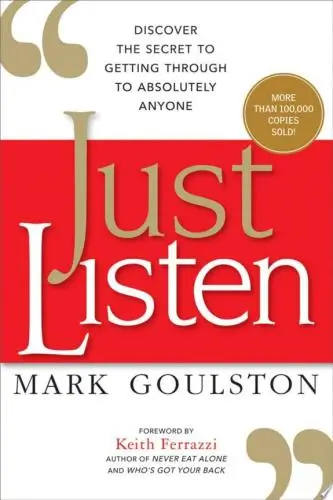
Just Listen
Mark Goulston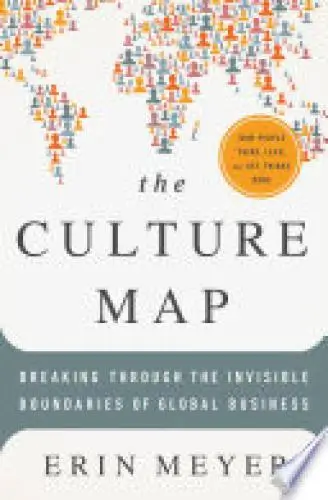
The Culture Map
Erin Meyer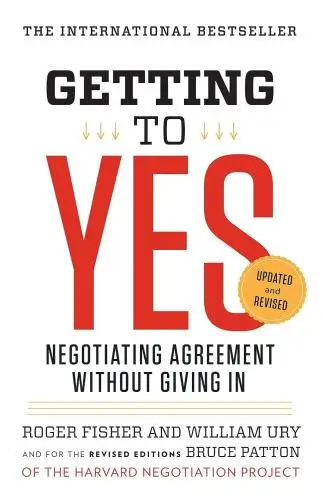
Getting to Yes
Roger Fisher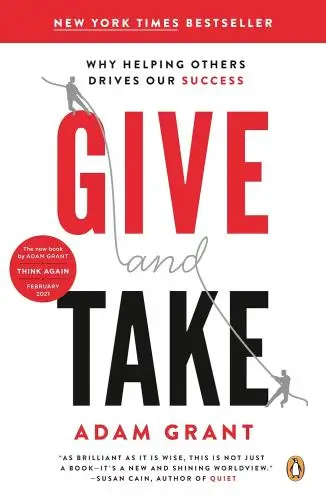
Give and Take
Adam Grant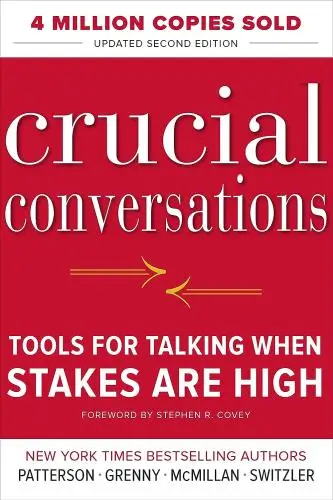
Crucial Conversations
Kerry Patterson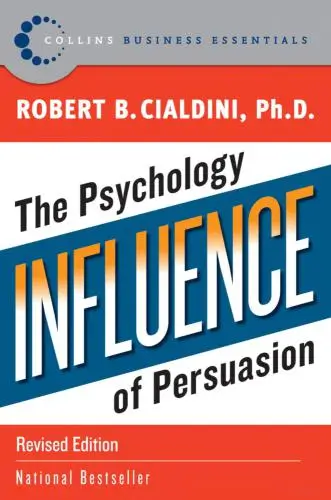
Influence
Robert B. Cialdini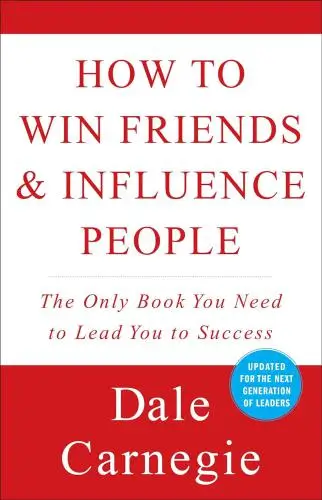
How to Win Friends & Influence People
Dale Carnegie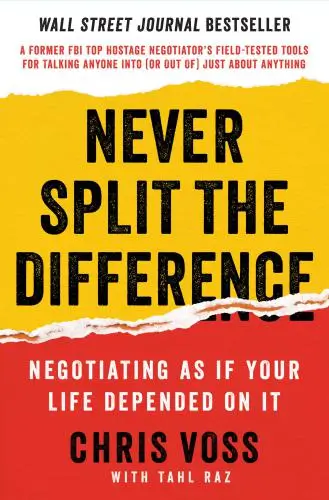
Never Split the Difference
Chris VossTrending Summaries

Peak
Anders Ericsson
Never Split the Difference
Chris Voss
Smart Brevity
Jim VandeHei
The Psychology of Money
Morgan Housel
The First 90 Days
Michael D. Watkins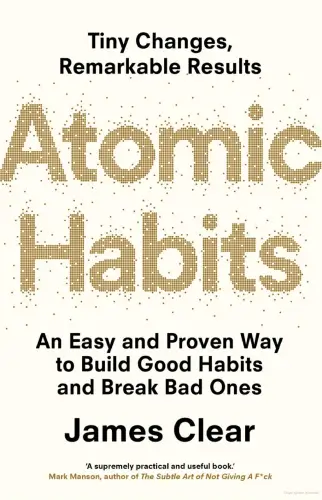
Atomic Habits
James Clear
Thinking, Fast and Slow
Daniel Kahneman
The Body Keeps the Score
Bessel van der Kolk M.D.
The Power of Regret
Daniel H. Pink
The Compound Effect
Darren HardyNew Books

The Art of Spending Money
Morgan Housel
$100M Offers
Alex Hormozi
A Candle for Kiri
Edna Mae Holm
Principles of Marketing, Global Edition
Gary Armstrong
Serpent Rising: The Kundalini Compendium
Neven Paar
Feeling Is the Secret
Neville Goddard
The 100 Best Business Books of All Time
Jack Covert
My Oxford Year
Julia Whelan
Trading in the Zone
Mark Douglas
